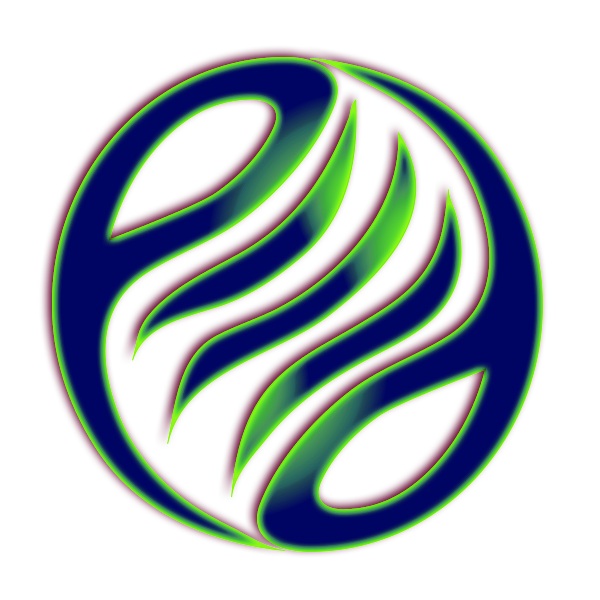
Paul Grignon's 47-minute animated presentation of "Money as Debt" tells in very simple and effective graphic terms what money is and how it is being created. It is an entertaining way to get the message out. The Cowichan Citizens Coalition and its "Duncan Initiative" received high praise from those who previewed it. I recommend it as a painless but hard-hitting educational tool and encourage the widest distribution and use by all groups concerned with the present unsustainable monetary system in Canada and the United States.
This documentary shows that it would seem natural that money is created by the State, and in fact most Central Banks seem to be owned by the State and run by it. I say "seem" because, to all intents and purposes, it is an apparency. They are almost constituting a "fourth power" in addition to the three legally constituted and well known "traditional" powers, legislative, executive and judicial.
When the State needs money, it does not order the Central Bank to credit some money to the treasury’s account. The State has only two ways to obtain money.
One is taxation of it's citizens, the other is borrowing from the banks. When the Central Bank issues money, this is done in the form of a loan. The State has to borrow this money, and must promise to repay it, with interest.
The same is true of course for a private person who needs money borrowing from a commercial bank. The bank is happy to loan, as long as you can show you have security, and promise to repay with interest.
How can the banks "create" money? That is a good question. Is it not the State's printing office that prints all the banknotes?
Banknotes, when they are printed, are considered the property of the Central Bank. They are not given to the State to spend, but are brought into circulation against a corresponding debt. Anyone wanting some of those notes to spend, has to "buy" them by giving up some of their credit. And in any case, most of the money in circulation (more than 90%) is not banknotes but "credit".
When you go to your bank asking for money, the loan you get is created right there in your bank. The "money" consists of figures on your bank account, and it can be spent writing checks, giving an order to transfer or drawing the cash. Banks only have to have a small percentage of their loaned-out money actually available. The rest can be paid out just by moving some figures from one account to another. The important thing to know: Money is created just by inserting some numbers into a computer.
In practice, it works like this: For every 10.000 a bank gives out as loans, 1000 or 2000 have to be deposited at the central bank. That means, if a bank collects 100.000 in deposits, it could keep 10.000 for liquid cash, put 90.000 into deposit with the central bank, and it is then allowed to create 900.000 of fresh money just by writing the figures on someone’s accounts!
In the case of the government needing money to spend, the procedure is slightly different, but the result is the same. The government has to issue papers that promise interest and repayment. Those papers are "bought" by the banks, who "sell" them to their wealthy clients, or who may also keep them, and the government gets credited an equivalent sum of money.
The irony here is that the government, who should by rights be the issuing authority of the money that circulates in the country, has to borrow the money from privates (through the bank) and that is has to pay interest for this.
Now we start to see why the government never has money, and why much of our taxes go "off the top" of the budget, towards debt service.
Related Articles :
- The Awakening Part 1 Divine Connections
- Wake Up Call The Movie Remastered New Edition
- Slumdog Millionaire : A Buoyant Hymn To Life
- Kymatica The Film : Sequel To Esoteric Agenda
- Satyam Fraud Precursor To A Greater Financial Showdown
- Alex Jones' Endgame : Blueprint For Global Enslavement
- Zeitgeist The Movie
- Mayans Predicted Collapse Of The Financial System
- Zeitgeist 2 : Addendum

.png)





No comments:
Post a Comment